Lubaina Himid – Tate Modern, London
A review of Lubaina Himid at Tate Modern. An interesting exhibition of work by an interesting artist, yet somehow the overall effect doesn’t quite come together.
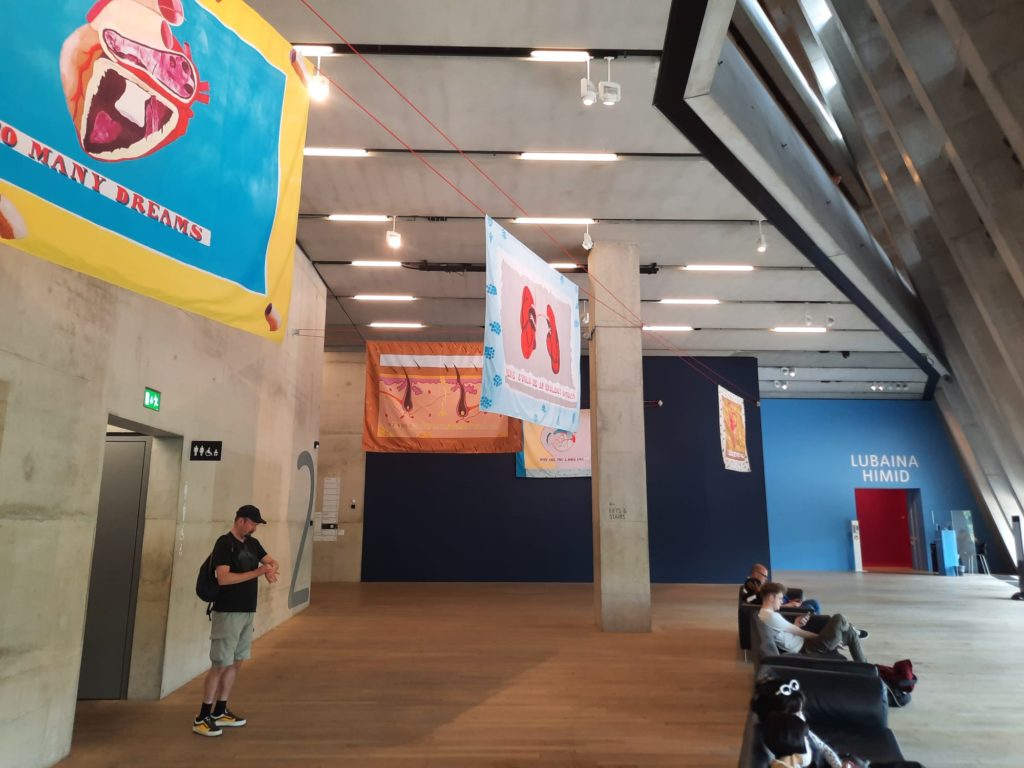
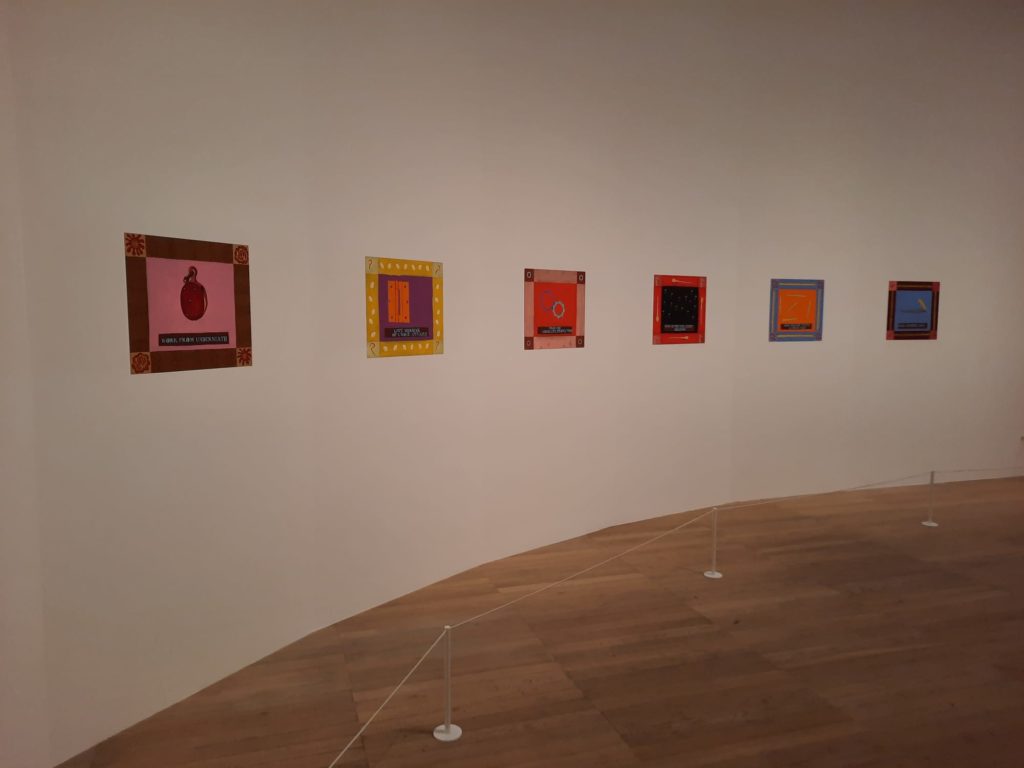
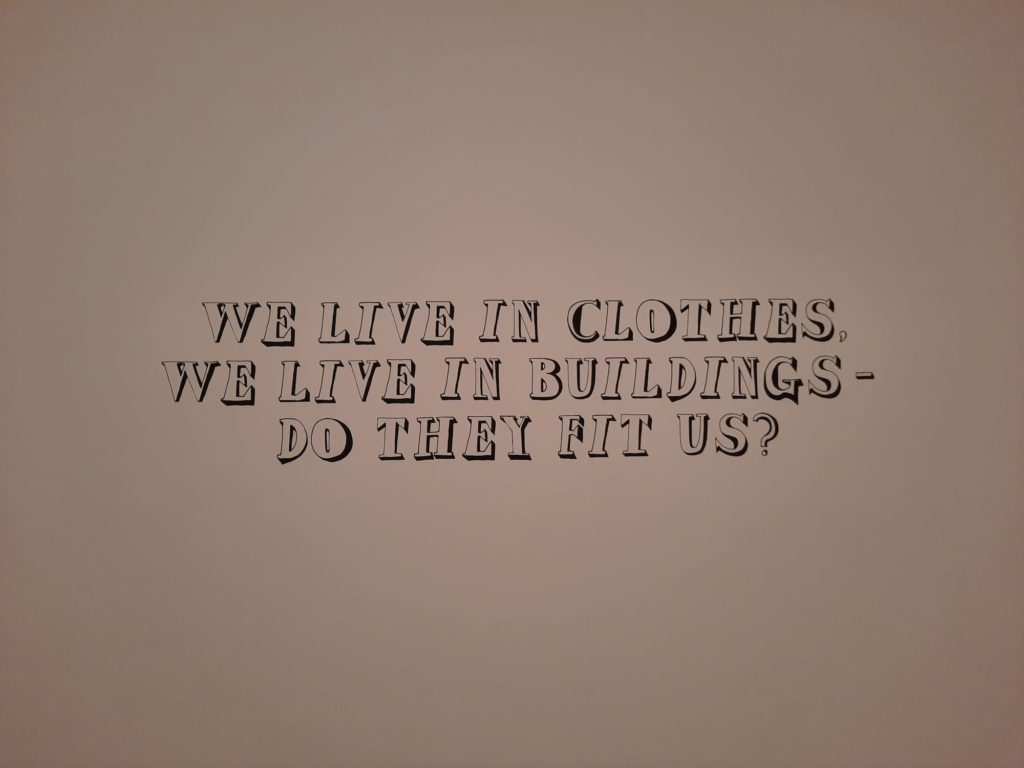
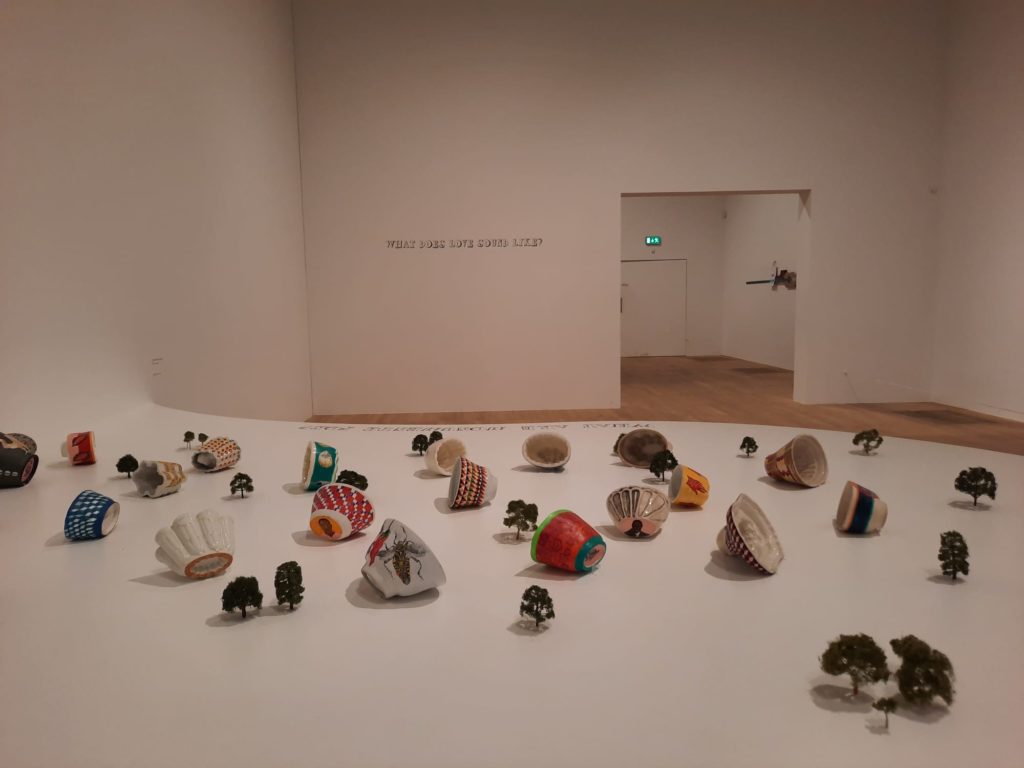
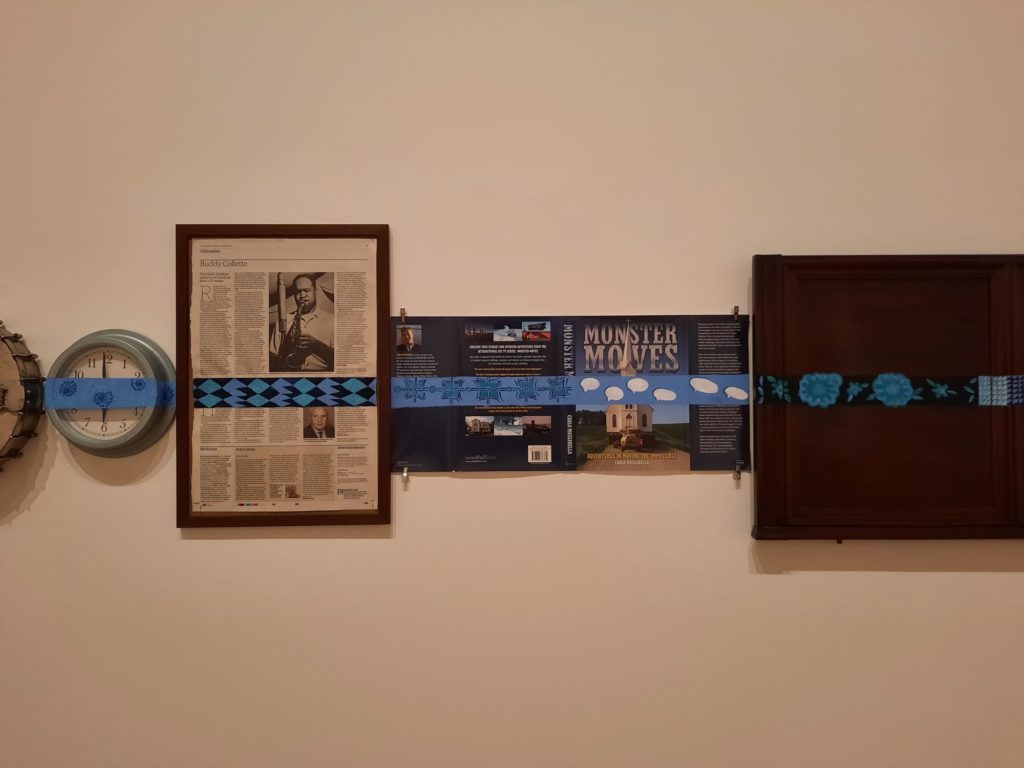
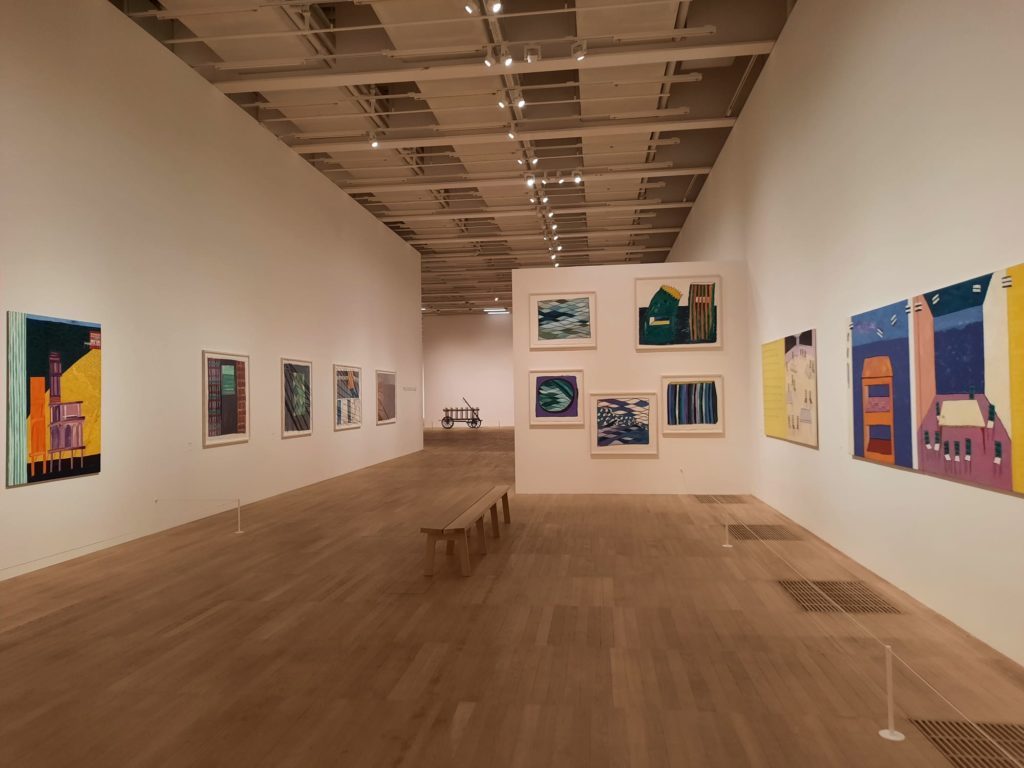
Lubaina Himid
Aside from some works in group shows (including this one), this was my first opportunity to see Lubaina Himid’s work up close. Himid is the first Black female winner of the Turner Prize (in 2017). She has been working since the 1980s, with a long back catalogue to draw on. For this latest show, on at Tate Modern and extended until early October, she has taken over a floor of the gallery’s Blavatnik Building.
Himid is a multi-disciplinary artist, and the works on view include paintings, multimedia sculptures, works in sound, and ceramics. The sound works are often a collaboration with Magda Stawarska-Beavan. The exhibition takes a very interesting form. It’s not chronological. Or even really thematic. It is themed around questions, printed onto the gallery walls and designed to involve the viewer as an active participant. Questions include “What does love sound like?” “What are monuments for?” Or “We live in clothes, we live in buildings – do they fit us?” Artworks in each area ask us to respond to these themes.
I liked Himid’s paintings best. She plays with canvas shapes, art history and technique in a way which keeps things very fresh. A couple of works from her Men in Drawers series come as a complete surprise. Playfully looking up, they force us to orient ourselves in new ways to appreciate them. Further on, the series Le Rodeur uses uncertainty, absence and horror to great effect. Named for a slave ship where a disease outbreak caused mass blindness and dozens of captured Africans were thrown overboard, the paintings come at these events obliquely. It’s an approach which emphasises the fallibility of history and perspective.
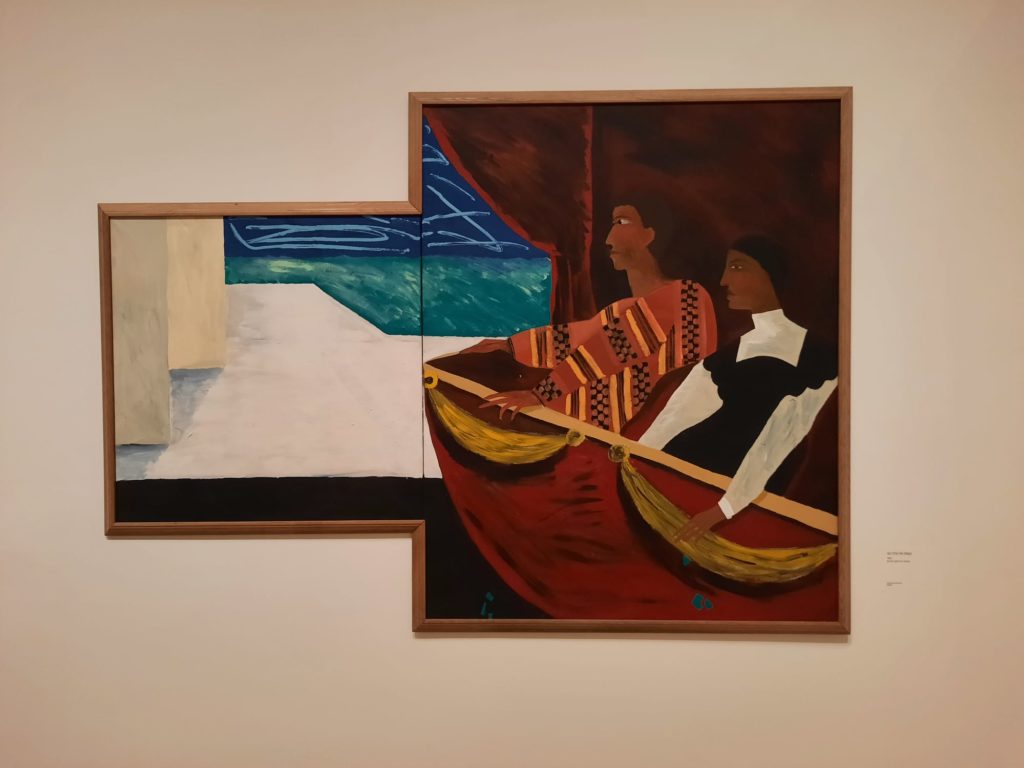
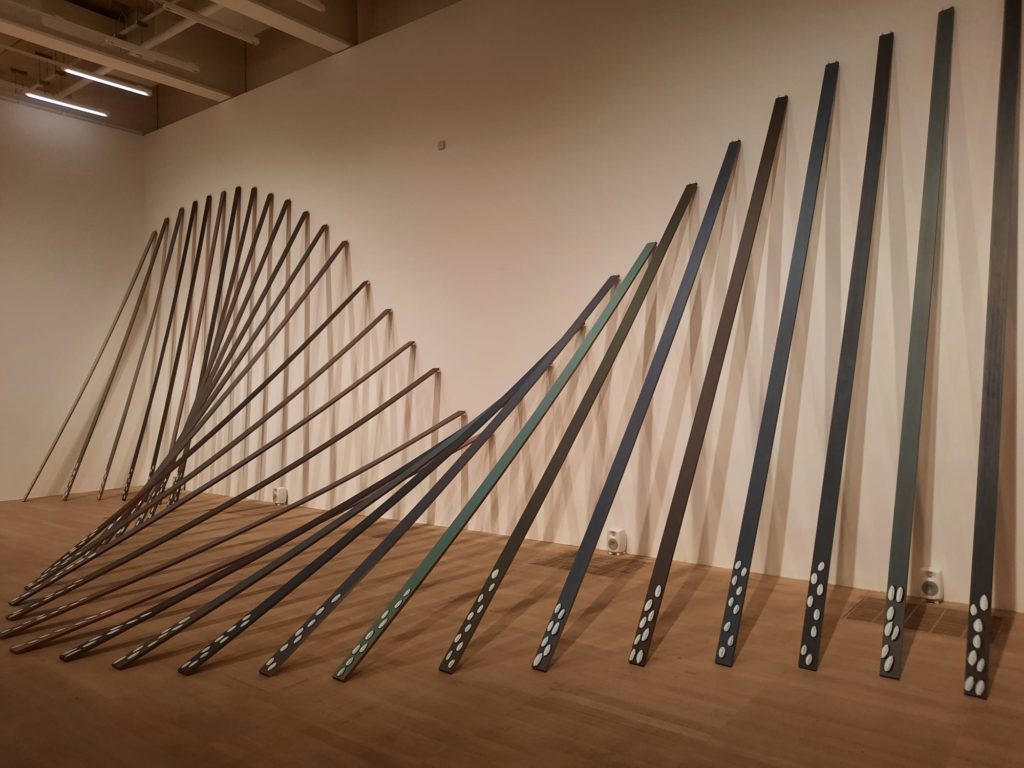
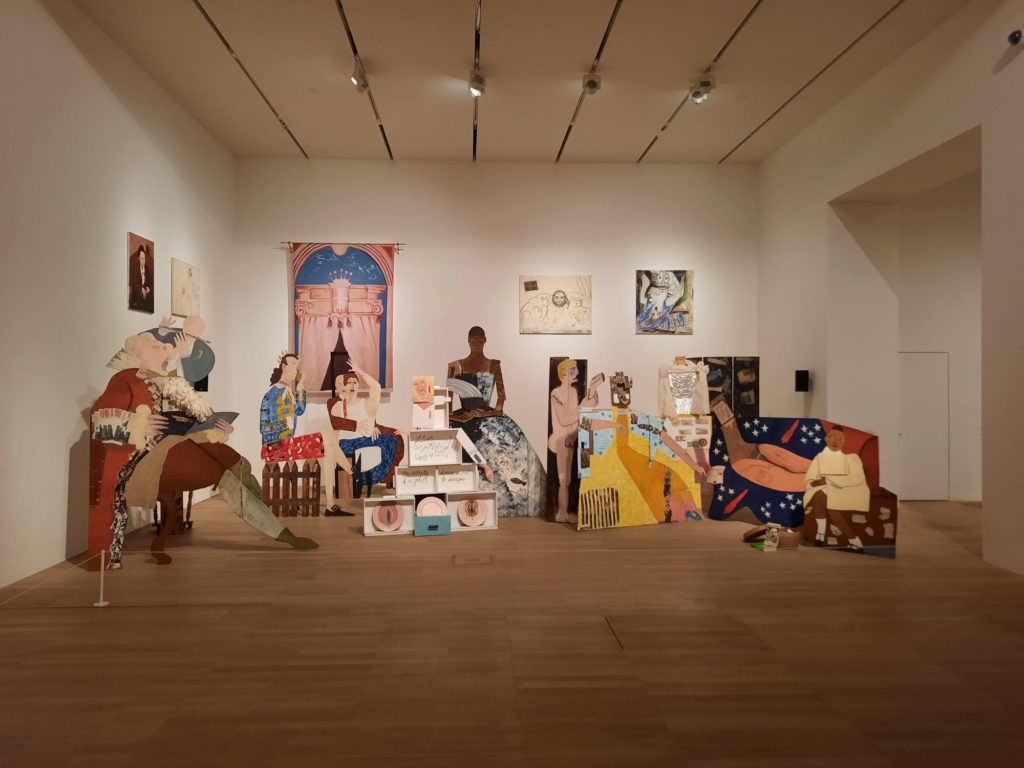
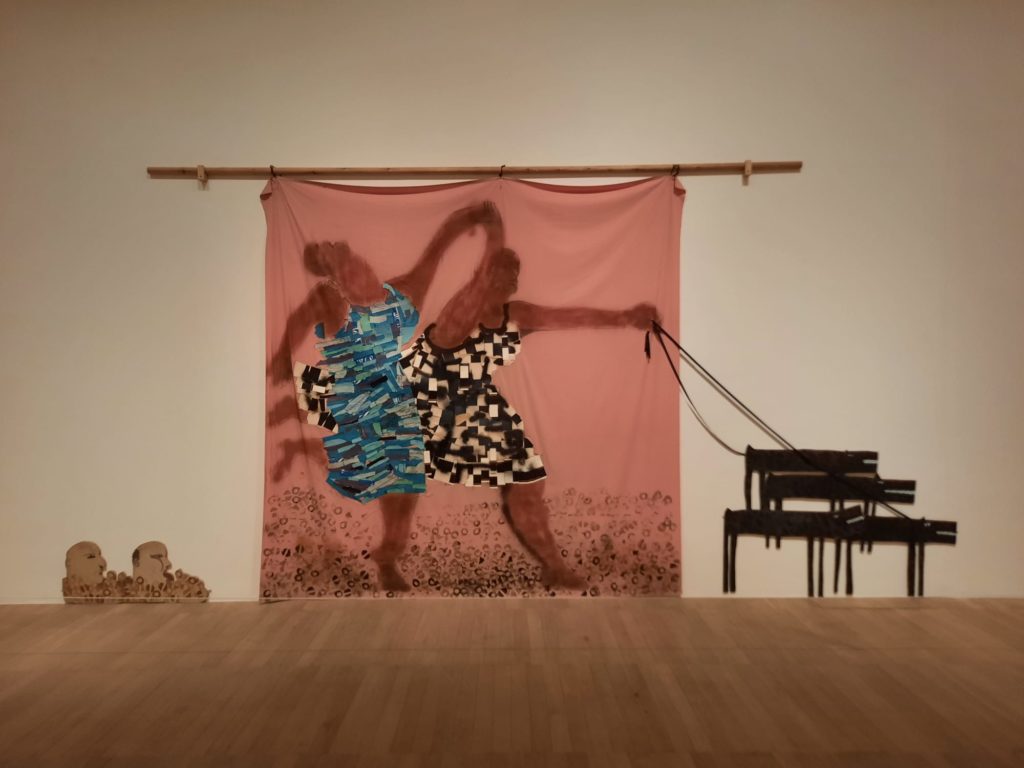
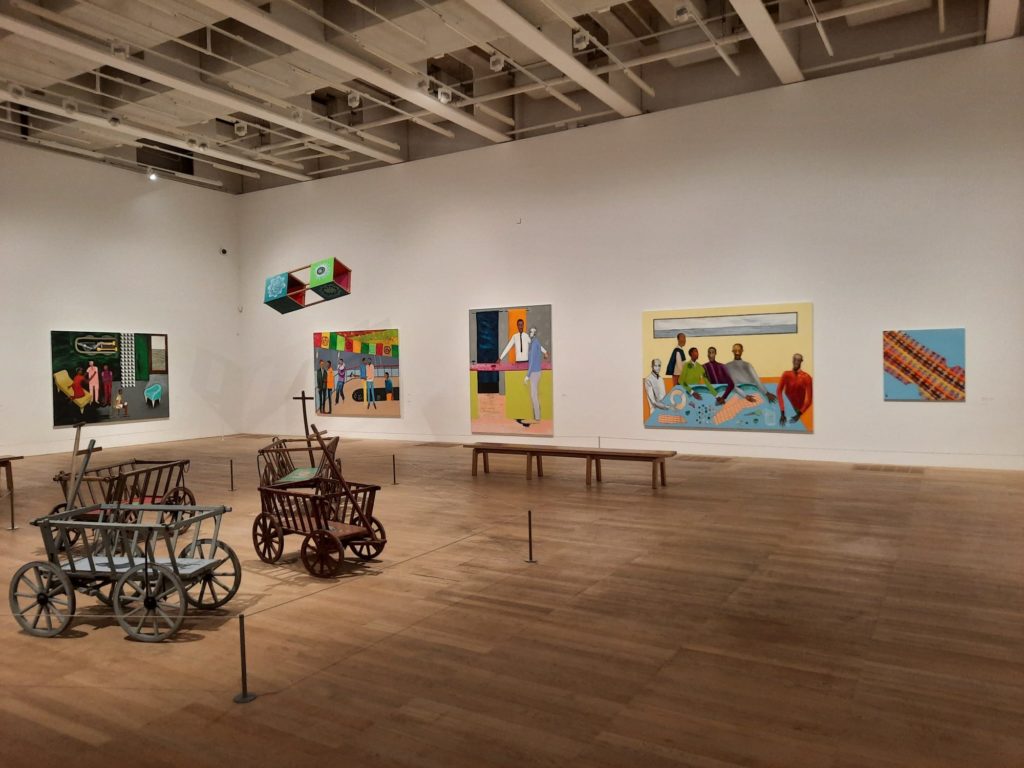
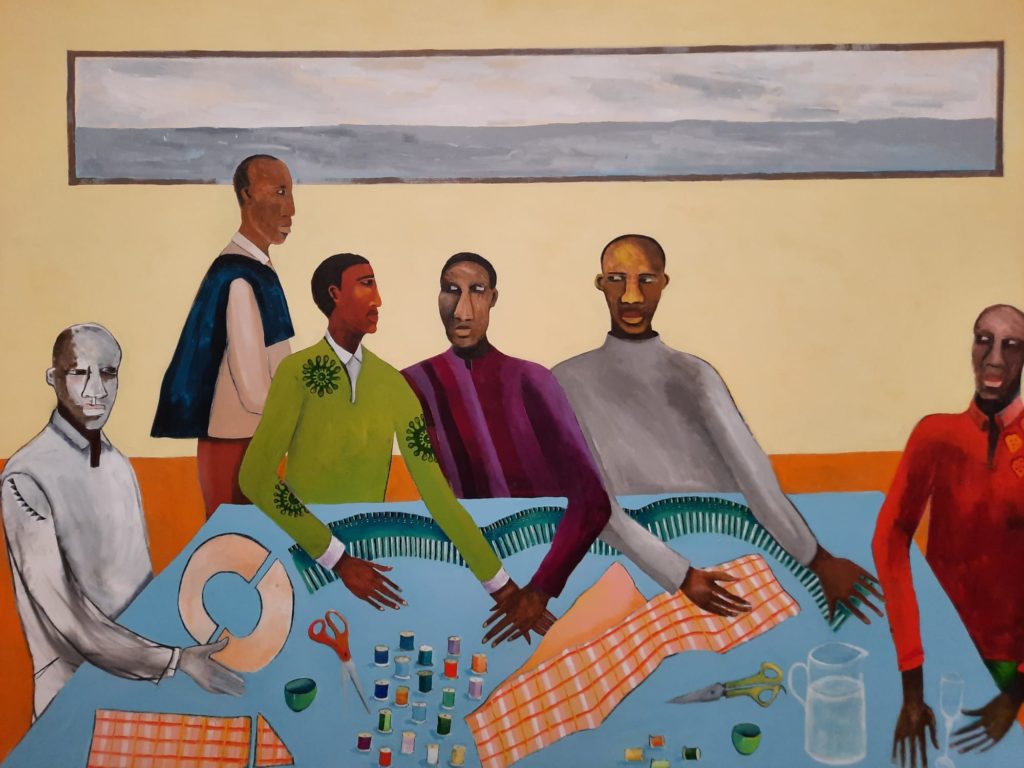
An Over-Long Engagement?
I visited the exhibition in early July, on what was actually meant to be the final day until it was extended an additional three months. And what struck me first was how quiet it was. I was one of a maximum dozen people there on a Sunday afternoon – often prime exhibition-going time. I wondered whether this extension may actually be doing the exhibition a disservice, by diluting the audience across a longer period.
However, it’s also possible that the low visitor numbers may also be a lack of word of mouth excitement. The artworks are interesting, but for me the exhibition itself doesn’t quite work. It’s very empty looking, reminding me of a ‘white cube’ commercial gallery (and to be very clear I mean the white cube aesthetic rather than the specific White Cube Gallery).
The installation-type works, which should entice viewers to stop, look and listen, don’t. I sat for a while near the question “Do you want an easy life?”, a sort of bike rack installation (which you can’t walk through), listening to Naming the Money, a powerful series of (imagined) short histories of enslaved people from Africa. Almost all other visitors treated it like the back exit of a school hall after a concert, heading straight on past without a second glance. Perhaps it was the wrong place for it? Or perhaps it was the interrogative structure of the exhibition which didn’t quite come off.
Nonetheless, there are some great works on display. And who doesn’t like a peaceful weekend exhibition visiting experience? So for those who want to be better acquainted with Himid’s work, it’s still a great opportunity. Given some other lacklustre reviews I’ve seen and the lack of enthusiastic audience during my own visit, I’m not sure this will be the start of a revolutionary move away from the chronological/thematic monographic review structure.
Salterton Arts Review’s rating: 3/5
Lubaina Himid on until 2 October 2022
Trending
If you see this after your page is loaded completely, leafletJS files are missing.

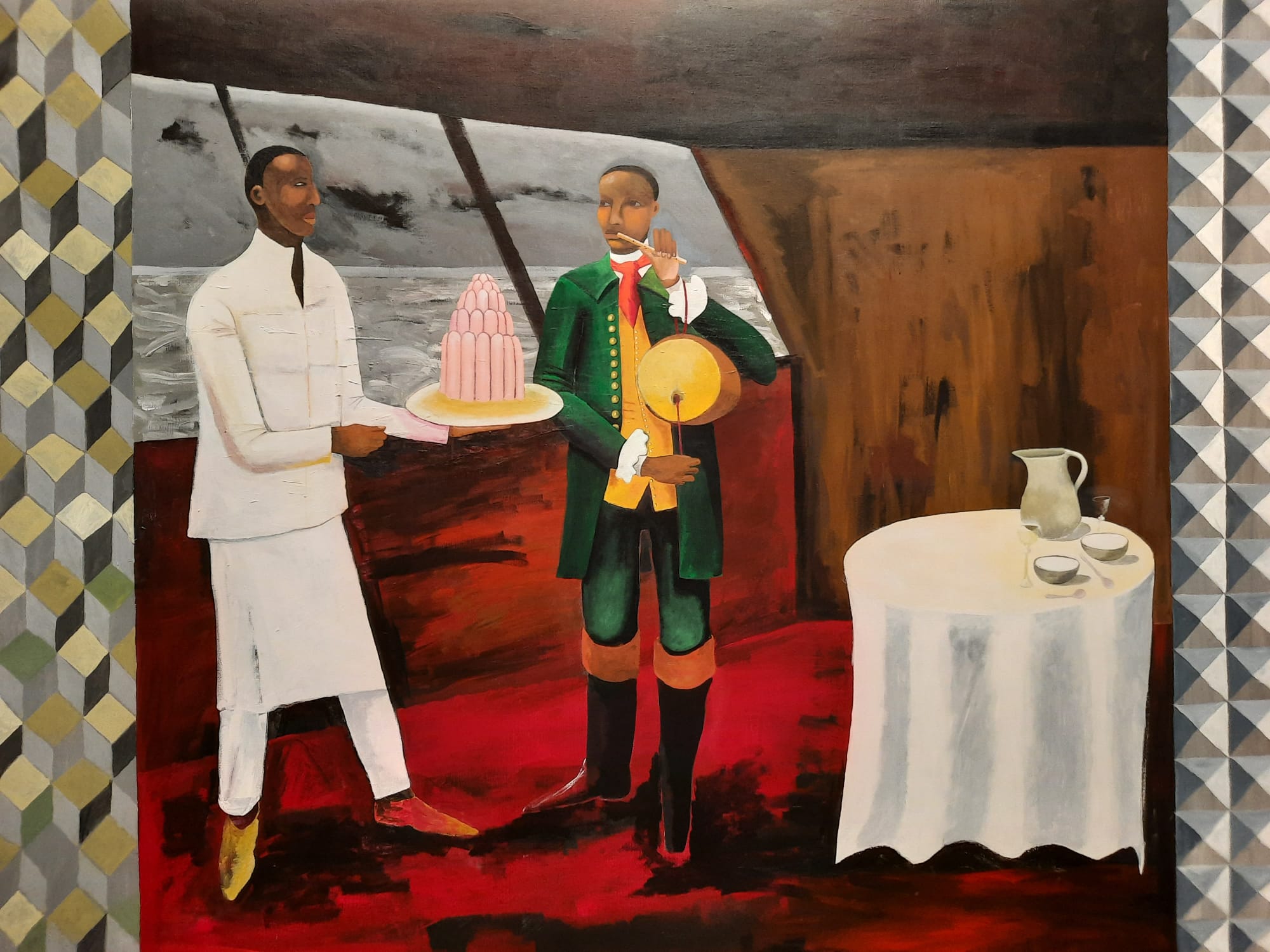
The “question-answer” format sounds interesting to me and on-trend in terms of social media’s way of encouraging audience engagement. So, perhaps it was something else that doesn’t vibe with visitors…the size?, the artworks themselves?, something else?
I don’t know the answer but I agree – I wonder if they just don’t look visually engaging enough in the space they’re in to have been a hit and grown organic interest over social media. They looked a little lost in the gallery spaces in my opinion.